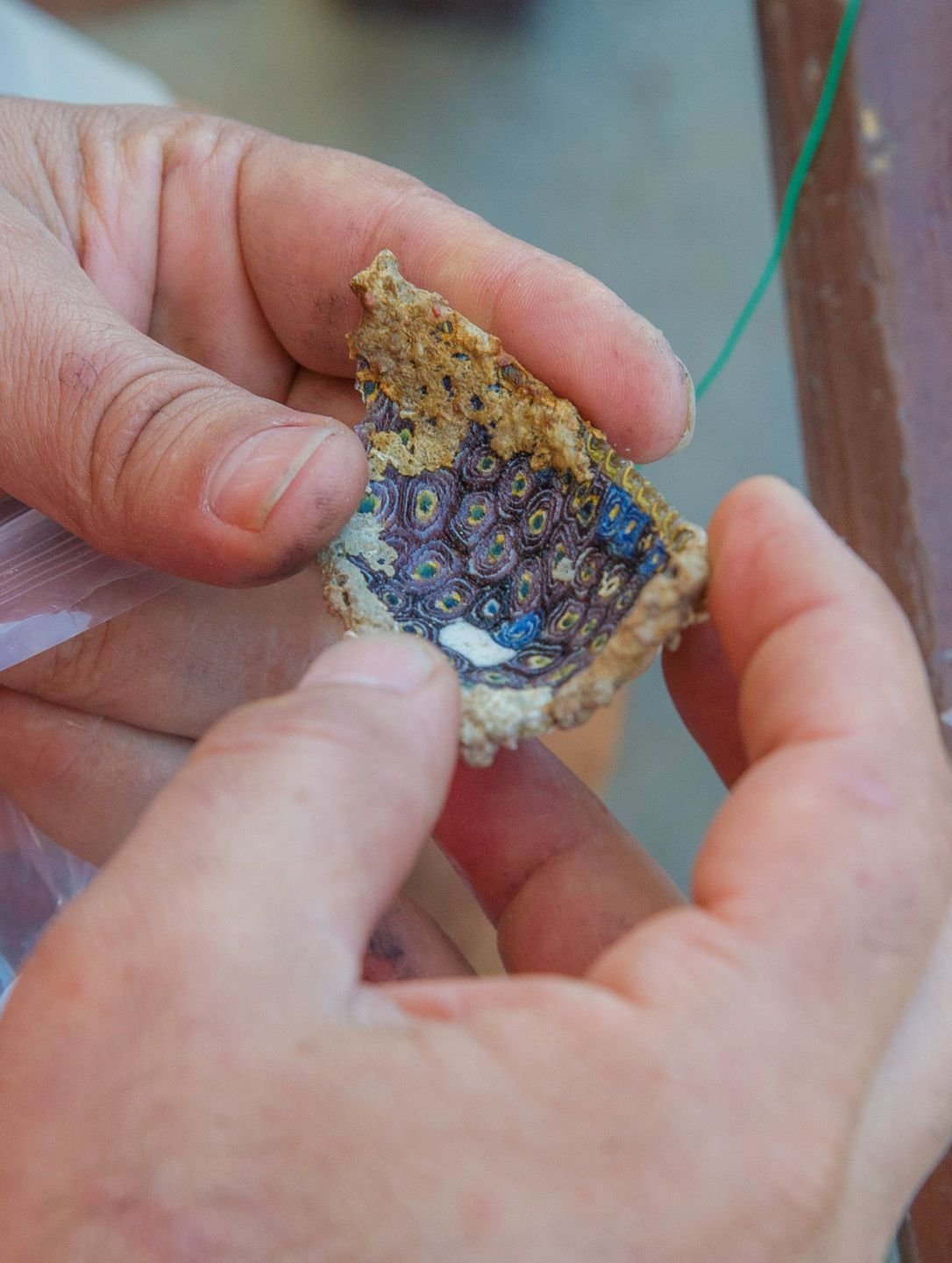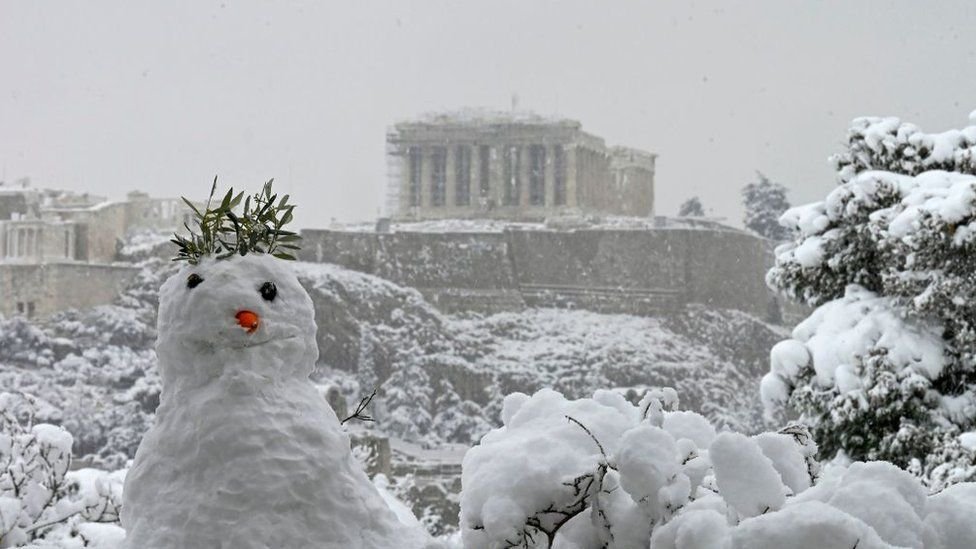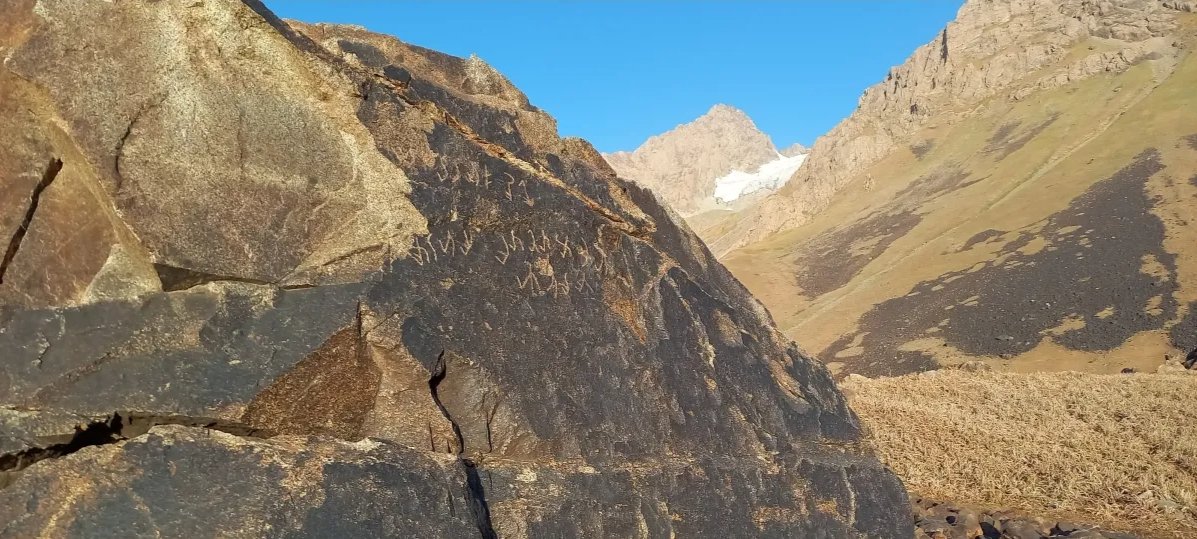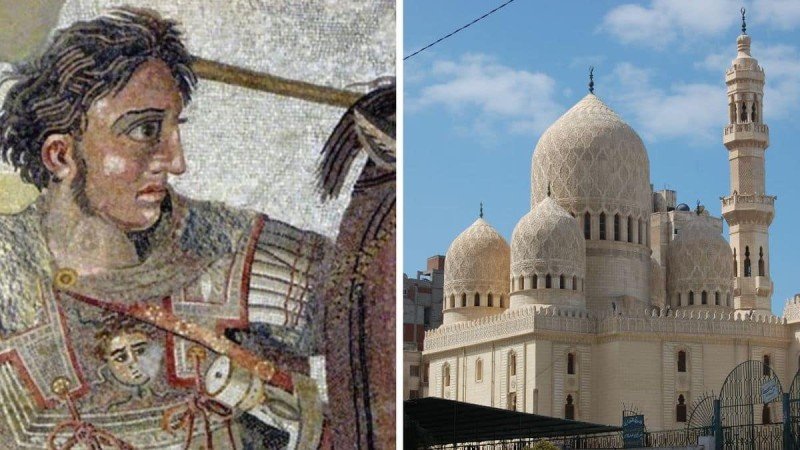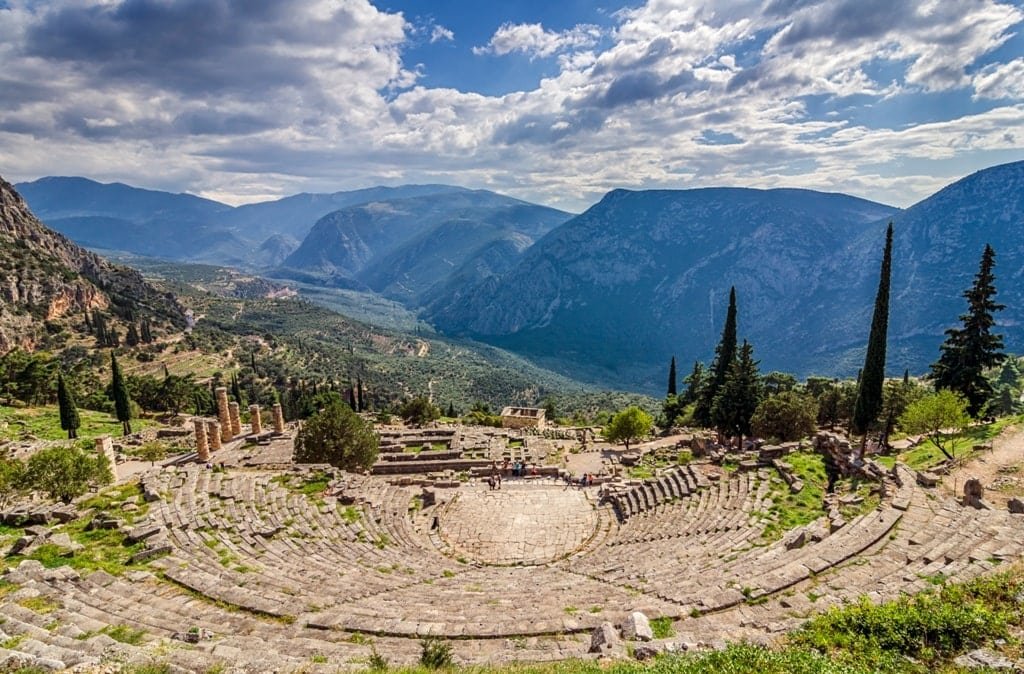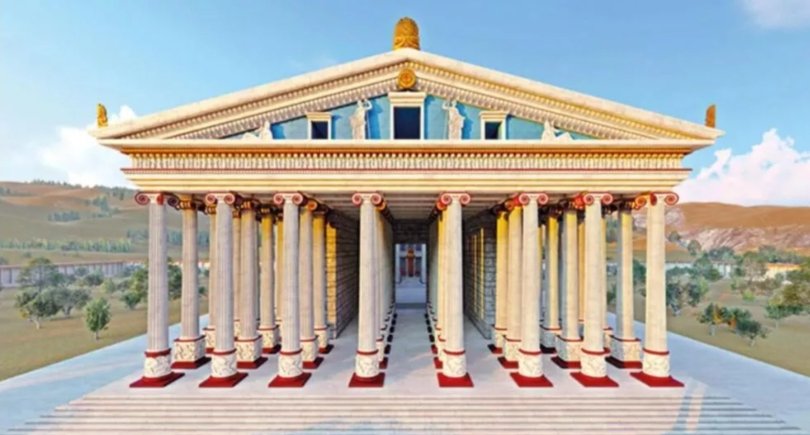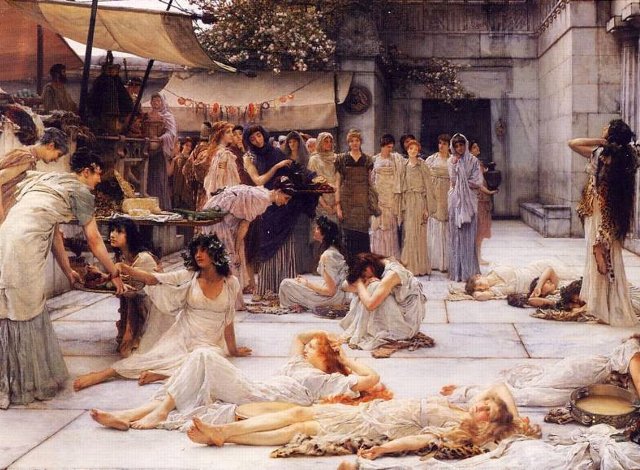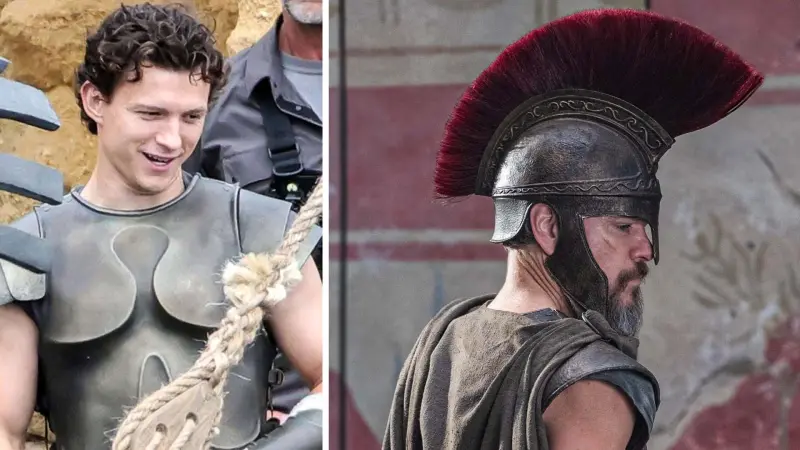by the archaeologist editor group
The siege of the Rock of Sogdiana by Alexander the Great in 327 BC was an insignificant military event but of enormous strategic importance. It was a mountain fortress and the fate of the Sogdians depended on its liberty since they were once again ready for revolution. Oxyartis had organized the defense in this shelter and many revolutionary Sogdians and their families had gathered there. The steep cliffs and the thick snow that covered everything made the fortress inaccessible. The Sogdians had enough supplies to withstand the siege and also secured plenty of water from the snow. When Alexander the Great suggested that they surrender, they defiantly replied that he would have to find "winged soldiers" to take the fortress, which enraged him tremendously.
After the Sogdians refused, Alexander decided to attack the fortress. Thereupon he raised the first group of mountain commandos, or more precisely, the first group of elite Mountain Infantry Battalion. He selected 300 warriors who were the most skilled and experienced in climbing the cliffs and asked them to handle the operation, giving 12 talents to the one who climbed first.
According to Curtius, he told the elite soldiers, "Nature has placed nothing so high that courage cannot overcome it. By striving to achieve what others have not dared, we have Asia under our control."
Alexander's elite unit used today's climbing methods, making small iron nails like the ones they used to stabilize their tents. Then they fastened ropes over them and climbed up the steepest part of the rock at night to avoid being seen by enemies. They stuck the nails into crevices or ice and began to climb higher and higher. About thirty were lost in this attempt. The rest reached the summit at dawn and hoisted the flags as arranged.
Without wasting time, Alexander sent a herald to the Sogdians to shout to their vanguard that Alexander had found the winged soldiers, that he already possessed the top of the mountain, and that they must now surrender, at the same time urging them to look up. When the Sogdians saw the flags flying, they were disheartened by this unexpected news. Considering that many more Macedonians were standing on the summit and were armed to the teeth, they decided to surrender and yield to Alexander's psychological rather than physical advantage.











